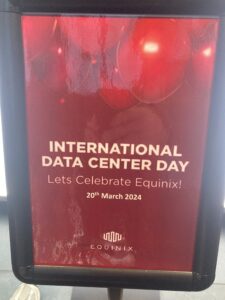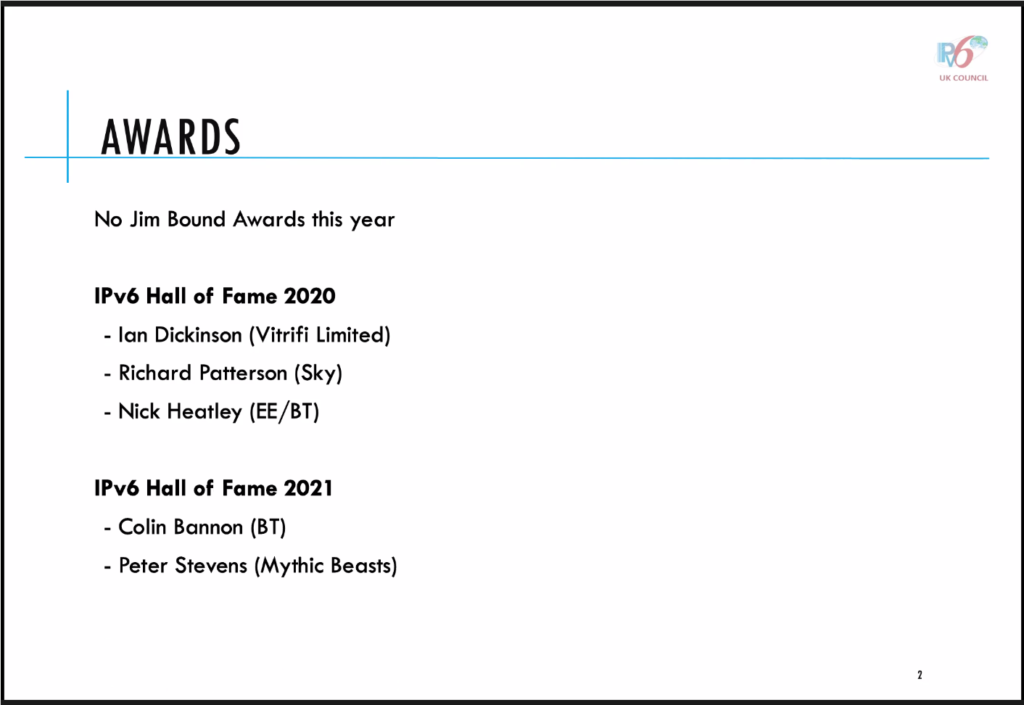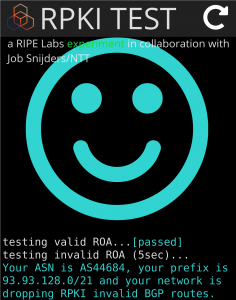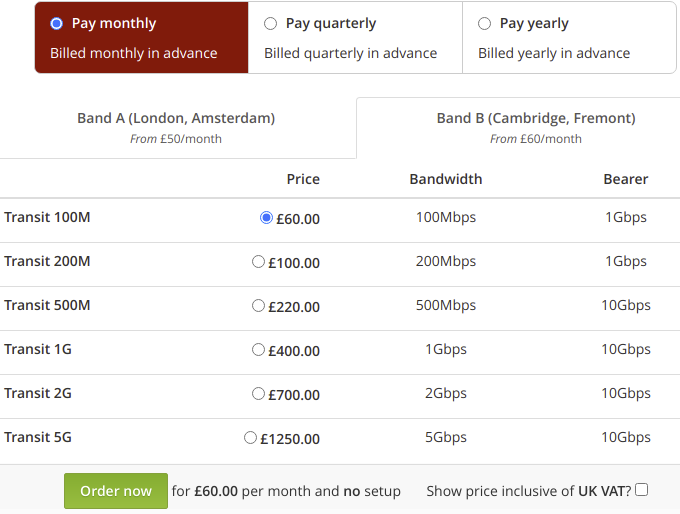Multi-coloured bandwidth in an Electromagnetic Field
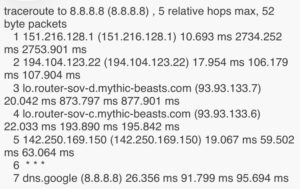
A satisfying traceroute from EMF out to Google via a private interconnect from Mythic Beasts
Last month we attended Electromagnetic Field as a silver sponsor. Despite being in a remote field in Herefordshire, the site had amazing connectivity, which we played a small part in providing.
We provided some optics to help get internet around the field and acted as an Internet Transit Provider to uplink the festival through our network.
We had a tour of the network operations centre. ElectromagneticField leased a single fibre to a telephone exchange in Gloucester and a donated private 40Gbps circuit hauls the traffic back to the London Network Access Point (LONAP). We used private VLANS over LONAP to link to the Mythic Beasts core network routers in Sovereign House and Telehouse and used this to provide our blend of transit providers and peers, including direct access over private fibre to some of the largest cloud providers.
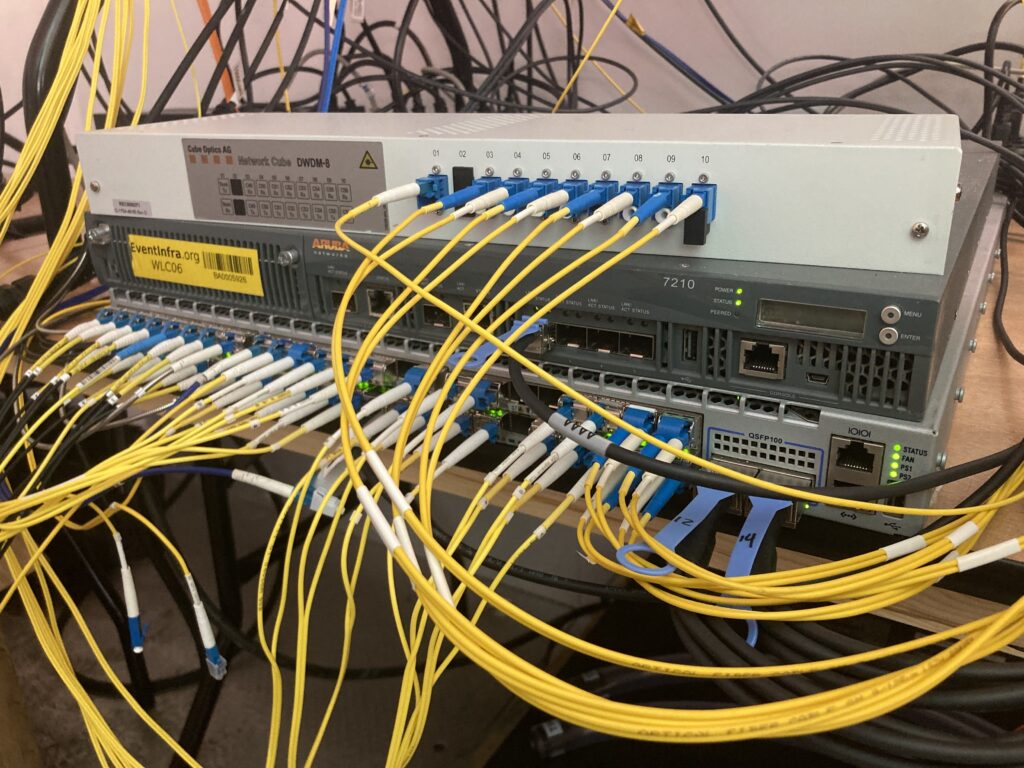
EMF fibre uplink using 4x 10Gbps DWDM with fake BiDi. The MUX is on the top, eight fibre pairs [03-10] are multiplexed into the single 60km fibre to the telephone exchange [01]. Ports 41-48 on the switch all have different coloured handles to indicate the different light colour used by the transceiver

By kind permission of the Masters and Fellows of Clare College, Newtons original diagram for splitting and combining wavelengths with prisms, taken from a first edition of Newtons Optiks (1704)
We use the same technique to multiply up the bandwidth in our core London network on our leased fibre that interconnects our core London points of presence.
To keep costs down at EMF there isn’t a fibre pair – just a single 60km fibre. The hack to get around this limitation is to use different frequencies in each direction and rely on the fact that the transceivers are frequency-specific for transmitting but not receiving – a transmitter that transmits at 1572.48nm will happily receive at 1572.89nm and vice versa. You can then use eight channels on one fibre as four bi-directional channels.
Around the campsite there were datenklo (a switch in a portaloo) which provided wifi and multiple 1Gbps wired uplinks. Each dataklo had a 10Gbps link back to the network operations centre to provide super-fast connectivity all around the site.
You can read more about some of the awesome things we saw at EMF 2024 in our previous blog post.

